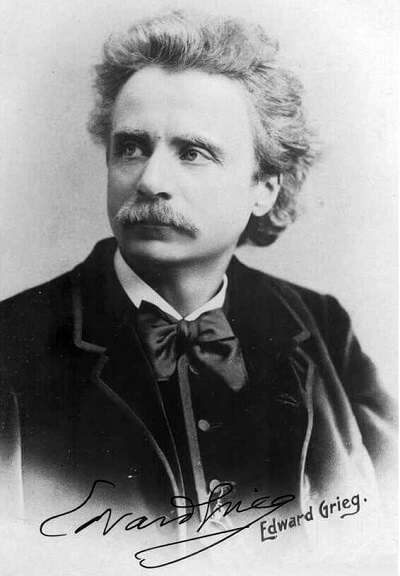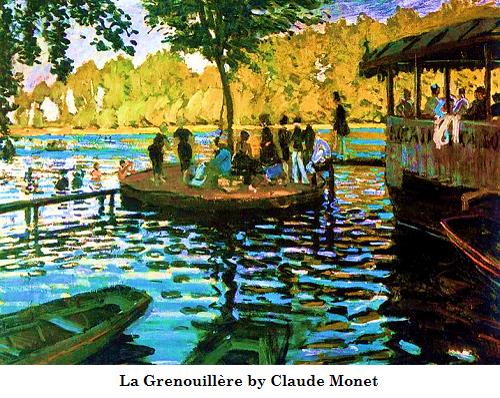 Classical Music in Pictures
Music in Pictures
Classical Music in Pictures
Music in Pictures

 Classical Music in Pictures
Music in Pictures
Classical Music in Pictures
Music in Pictures

Study the musical selection for one week.
Over the week:


Activity 1: Describe the Music
Listen to the music, and close your eyes and let yourself imagine. What do you picture as you listen to the music?
Read the list of adjectives. Select those that describe the music or think up additional adjectives.
Activity 2: Study the Painting, Claude Monet's 'The Baths of La Grenouillère'
As you listen to the music, find the following in the painting:
After you study the painting, narrate the scene shown in the painting aloud using your own words.
Describe how the painting relates to the music.

Activity 3: Read About the Painting, Claude Monet's 'The Baths of La Grenouillère'
Like Grieg, Claude Monet had a 'dream vision' to create 'Bain à la Grenouillère (The Baths of La Grenouillère)' before painting it. Located on the Seine, 'La Grenouillère' resort provided an escape from daily life offering boating, a spa, and a floating café. The Seine is a river that flows through northern France, including Paris.